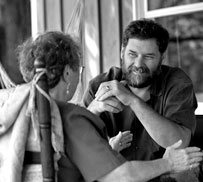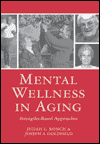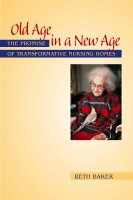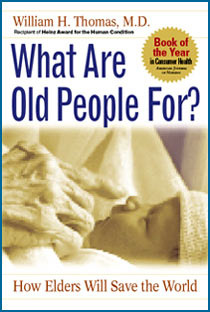![]()
Search
Recent Posts
- ChangingAging.org Redesign -- Please Bookmark!
- Disaster in Buffalo
- Power Up Friday
- Blanchard WinsDays
- Kevin Frick writes...
- Monkhouse Monday
- Getting Closer!
- Blanchard WinsDays
- Power Up Friday
- My Pick for Health and Human Services
- Understanding Health Care Reform
- Facts Are Stubborn Things: Social Security Edition
- Monkhouse Monday
- Localism is Coming
- Krugman Can't Wait...
Recent Comments
Category Archives
- AGING 100
- Aging
- Culture
- Dementia
- Eden Alternative
- Erickson School
- Green House
- Health Policy
- Longevity
- Media
- Rockets
Monthly Archives
- February 2009
- January 2009
- December 2008
- November 2008
- October 2008
- September 2008
- August 2008
- July 2008
- June 2008
- May 2008
- April 2008
- March 2008
- February 2008
- January 2008
- December 2007
- November 2007
- October 2007
- September 2007
- August 2007
 Subscribe to this blog's feed
Subscribe to this blog's feed
Announcements

Blog Data
« Scam Alert | Main | SNOW STORM SPECIAL »
December 12, 2008 |Permalink |Comments (0)
Power Up Friday
As we plan our first Green Houses at St. John's, we are looking very closely at the issue of light. As this paper makes abundantly clear, the lighting in most nursing homes is anything but! Most homes have insufficient lighting, both for general navigation and specific activities. Most also have severe problems with glare, due to improper light placement and poor color/surface choices.
Increased light is needed as people age, both in nursing homes and in the larger community. At 65, we need about three times the light of a young person; at 85, as much as five times the amount. Inadequate light is a major contributor to functional dependence and poor quality of life.
Unfortunately, State and Federal standards for lighting are inadequate to the task. In addition, lighting levels are monitored by surveyors and staff who are mostly younger adults, and do not see the environment "through the eyes of the elder".
Another critical consideration is to give every person an opportunity to experience natural light on a daily basis. The quality and intensity of natural light is a key factor in setting our biorhythms, and studies have shown a significant decrease in sleep quality when elders move into a nursing home. Sunlight also increases serotonin, (one of the "feel good" brain chemicals), and is important for vitamin D production for healthy bones.
A Japanese study showed that elders who had direct sun on their face and hands for 15 minutes a day, on an average of 236 clear days per year, had 84% fewer fractures than the control group.
Let there be light!














